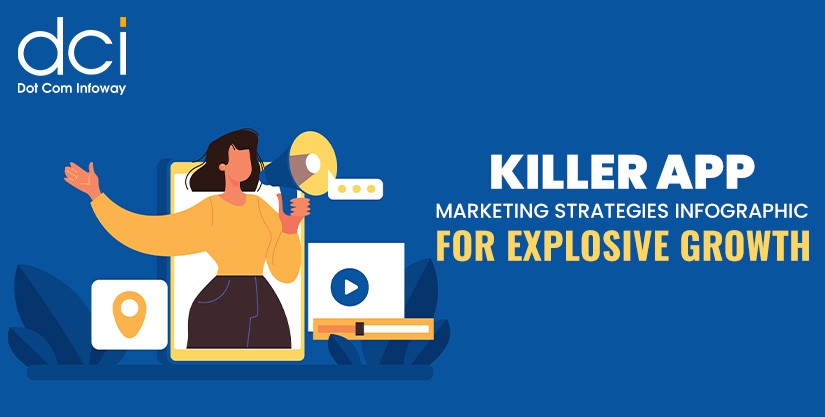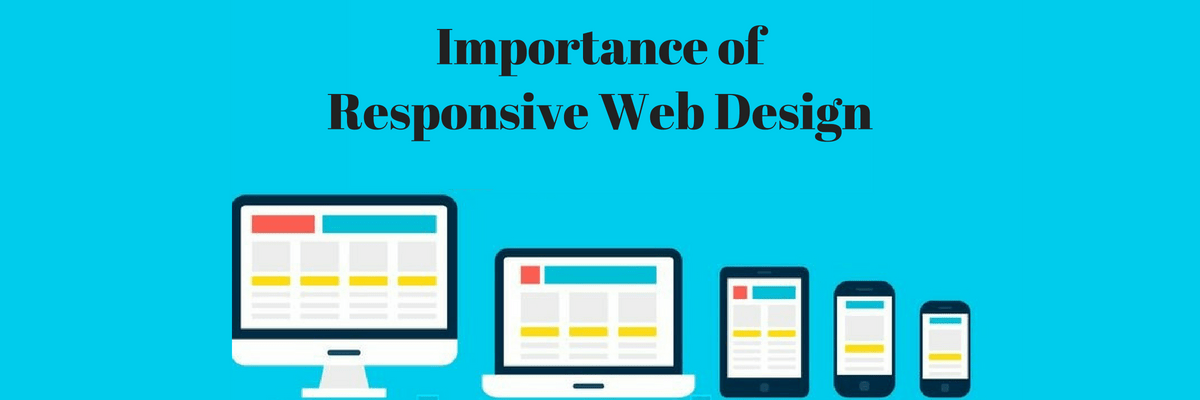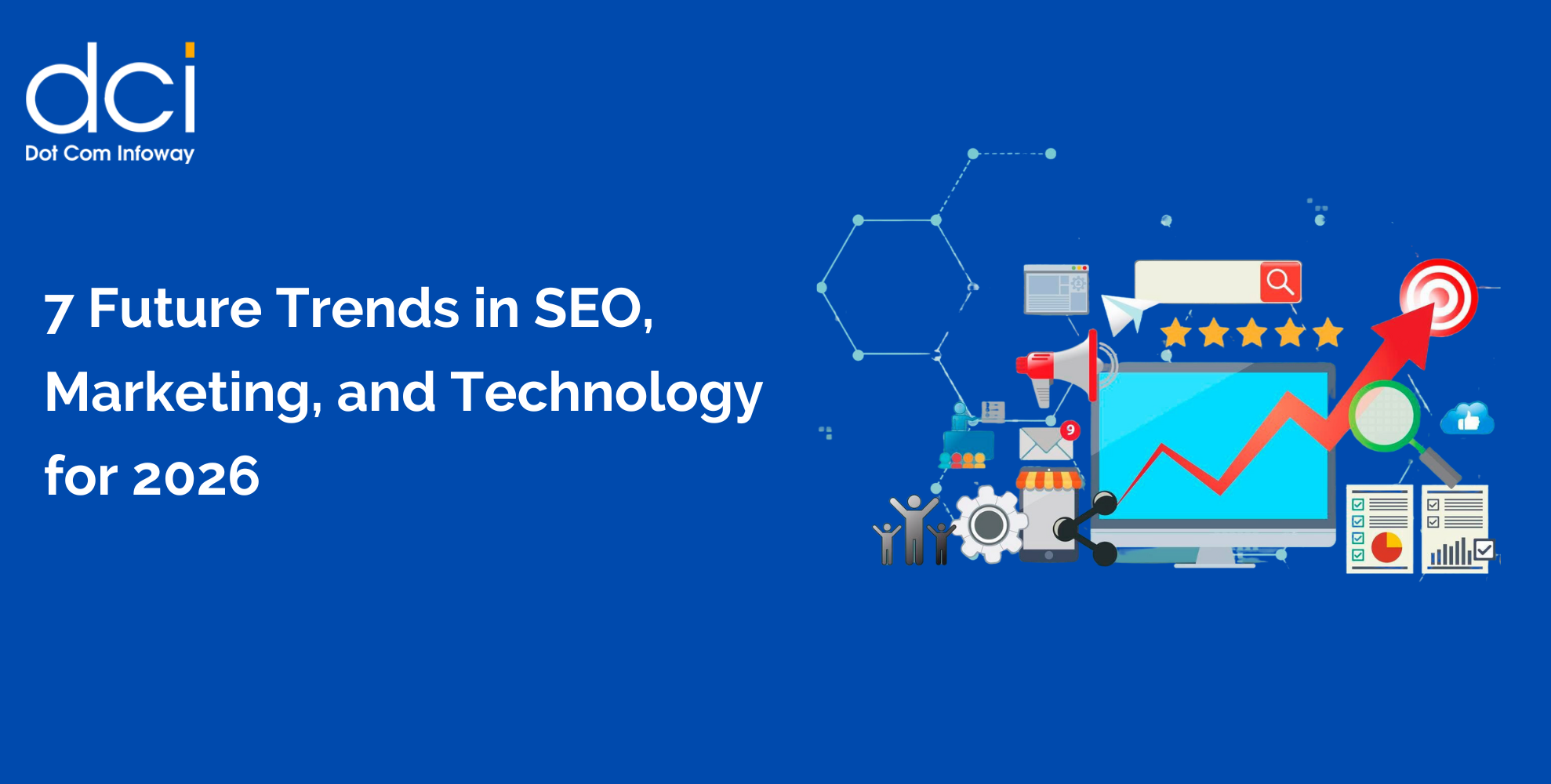Why Mobile Analytics?
In a booming business such as the use of the mobile app, it’s a plus for app owners to understand how well the app works. This is visa vie the app market trends and projections which should guide in designing the app to meet.
Subsequently, this tool delivers personalized results on matters of user behavior and revenue accrued. Mobile app analytics replaces SQL and Excel which performed the task of interpreting the metrics used in apps. Mobile app analytics works best on apps with clearly defined goals.
Top App Analytics Tools
Since you’ve now acquitted yourself with the need of mobile analytics, we’re going to take you through the top approved analytic tools. They are:-
1. Google Analytics
The good thing about this tool is that it issues in-depth reports and insights on your app. Apparently, Google analytics is usable in both mobile apps and websites (making it the most common analytic tool).
2. Flurry Analytics
The statistics indicate that more than 170,000 businesses use these tools to study on retention, conversion, engagement rate among others.
3. App Annie
It’s available on Google Play store, iOS, Mac Store and Amazon Appstore. Some of the advantages include free services.
4. Marketplaces
This is the tribune where app developers advertise their product globally. An example is Google Play Store or iOS. Apart from been a market ground, these platforms can be resourceful in giving user trends and information.
5. AdWords
Basically, this is a tool that allows you to advertise your app on the Google search platform. This is via the Google Display Network which hosts millions of videos, websites and mobile apps.
6. AdMob
Are you planning on having your app known out there? Well, this tool enables you to advertise your mobile app on other apps and on a global scale. This is through pop ads that in directing more traffic and increased revenue. Some of the reports given are;
- Campaign report- shows campaign strategies that inject more revenue. Also outlines what to expect when you
- Hour of day report- projects time when the traffic is highest (in relation to value addition on your app).
- Keywords report – highlights most captivating keywords on your app
7. Segments
7.1 Event tracking
This section goes beyond the screens visited and interrogates the content made available on the app. As you go about event tracking, these are the factors to consider: swipes, button clicks, menu selections, video plays, ad clicks and purchases.
Once you’ve understood on areas that don’t satisfy the user, it’s up to you switch things up. Start of checking on the structure. In this case,use a clear flow as indicated below:
- Category
- Action
- Label
- Value
7.2 Screen Tracking
This is not rocket science as it simply means following up on favorite app screens among users. During this process, you’ll stumble upon screens where users stagnate and don’t proceed onwards. This should guide you in areas you need to step up and upgrade.
7.3 Funnel Tracking
Mostly applies for eCommerce apps as it looks at the sequential order a user follows. The common stages are cart, billing or shipping and placing an order. While looking at these phases you get to note where users fall out and work on this.
From prior tests, most firms have identified that a majority of users divert when they see the sign in page. In this scenario, you can circumnavigate and ask users to key in their password before making a purchase. Other analytics tools include:
- APsalar
- Tune
- Localytics
- Countly
- Mixpanel
Mobile App Analytics Strategies
While introducing the need for using mobile app analytics, we mentioned one benefit as monetary value/ revenue generation. Now under these strategies, the goal extends beyond the money-making motive. By this, we imply that the parameters checked to contribute to the overall success of the app’s performance.
App Downloads
Some time back, the number of downloads was what determined the success of the app. Surprisingly, this is isn’t the case nowadays. It is important that you analyze what each app download brings in to your company. Let’s say you have pay- per- download app. The more downloads you get the more revenue you get. However, you should check how many free apps are out there and whether you really profit from yours.
Bottom line is that you have to be strategic while pushing for more app downloads. Go ahead and check if users open the app once they’ve downloaded it. That’s how you know your app is favorite among users.
Retention Rates
We must acknowledge that this is the most fundamental analytics in the app world.
So what is retention rate?
This simply means the percentage of users who revisit your app after the first time. The more times users revisit your app, the better performing your app is and vice versa.
Let’s put this to perspective. The first time user is initially curious to find out how your app works. If he/she is amused if not they’ll disappear. So it’s crucial that you keep tabs on these metrics to convert more first-timers to lifetime users.
As you compare the numbers, you’ll be forced to devise new strategies to woe users to constantly use your app. Additionally, it’s essential that you monitor on uninstalls if you desire to enhance your app performance.
This gives app owners a chance to re-evaluate some metrics such as; app interface, usability, and functions of the application. Furthermore, a good retention rate signifies how efficient your app is in user engagement.
User Lifetime Value (LTV)
Lifetime Value (LTV) refers to the monetary gain accrued for having lifetime users on the app. This evaluation can be done in different phases, that is, daily/ weekly/ monthly/quarterly/ yearly. For any company, this analytics can be tapped to scrutinize potential revenue sources for the app.
To get these statistics, companies have to look at the user engagement rate and monetization. Furthermore, there is virality or the number of shares. So just like viral YouTube clips, it is advantageous for app owners to have their product spread out there.
How do you get here?
It’s quite simple. Encourage your users to share your app with their friends via social media and other online channels.
In LTV different formulae are applicable depending on the type of mobile app. Of course, to enjoy this, your mobile app should fascinate and amuse initial users.







![The Game Marketing Guide: Pre and Post-Launch Strategies [Infographic]](https://www.dotcominfoway.com/wp-content/uploads/2023/09/DCI-Game-Marketing-blog-1.jpg)















